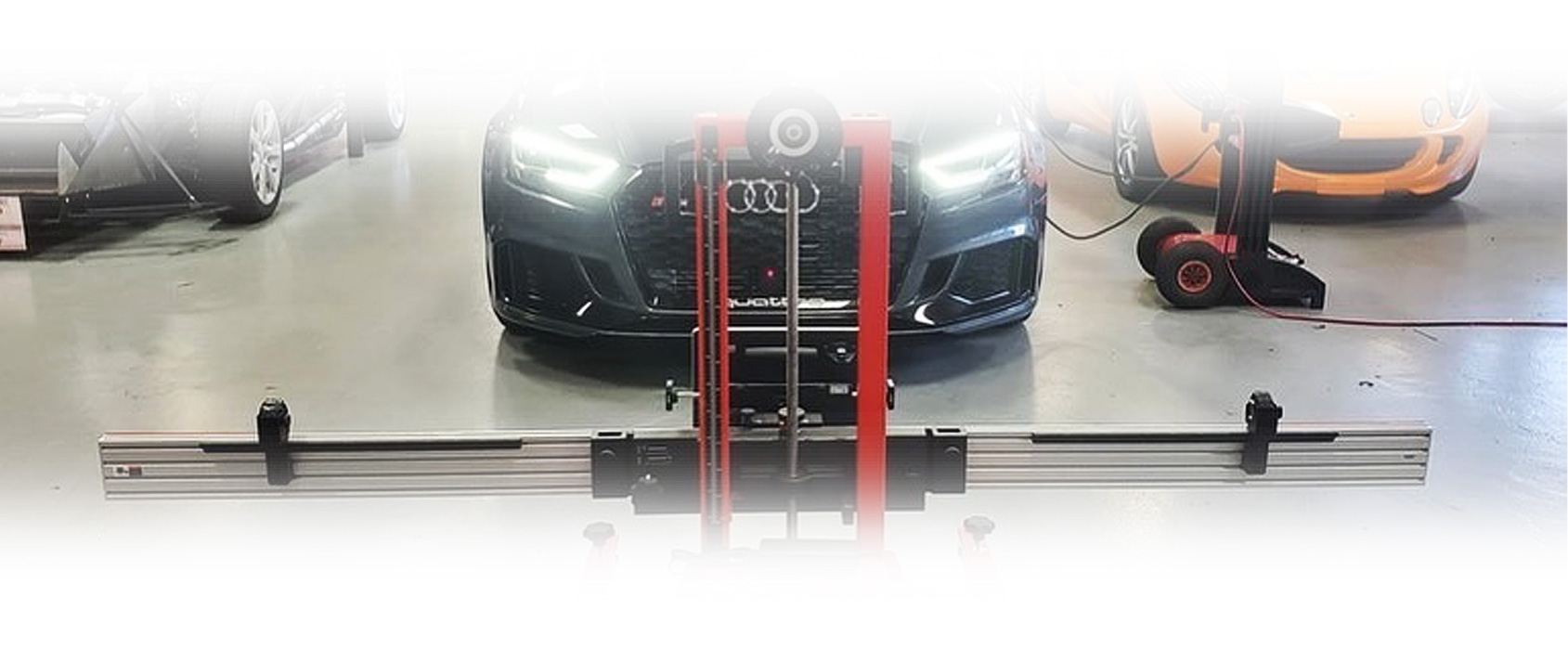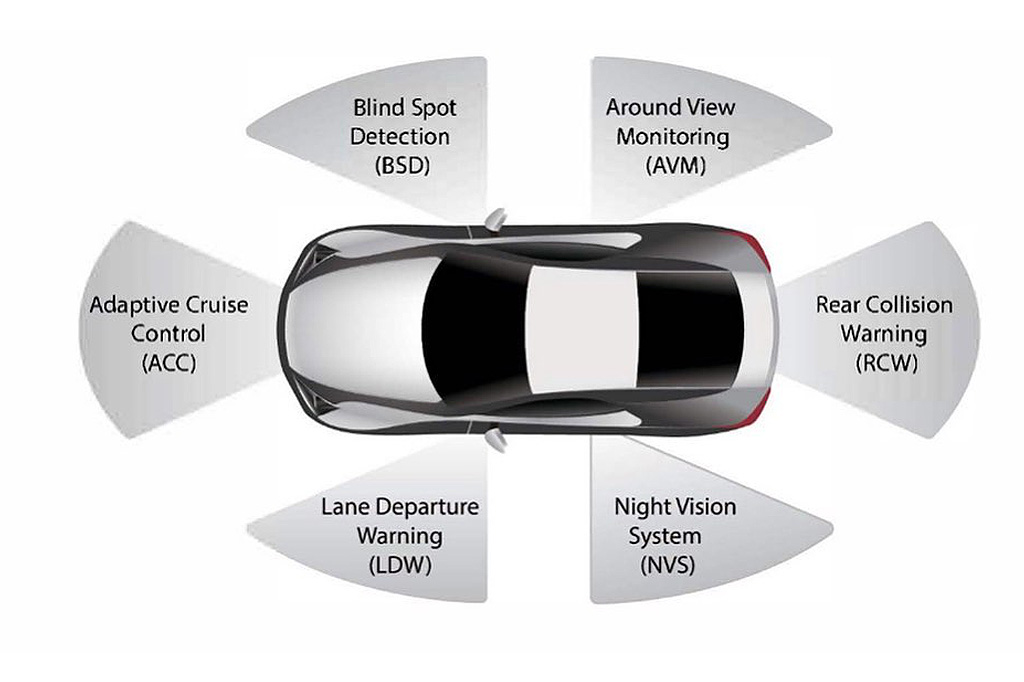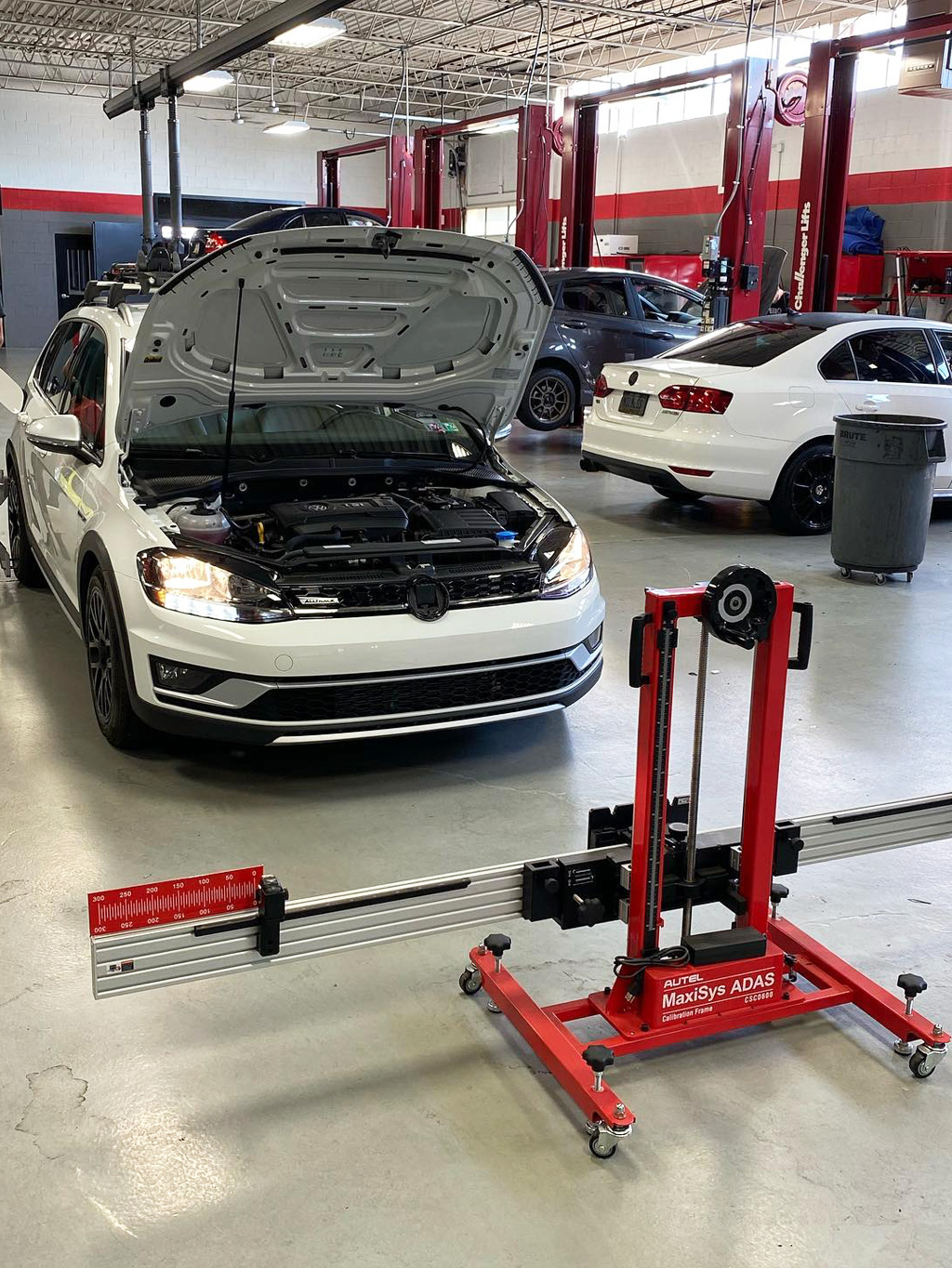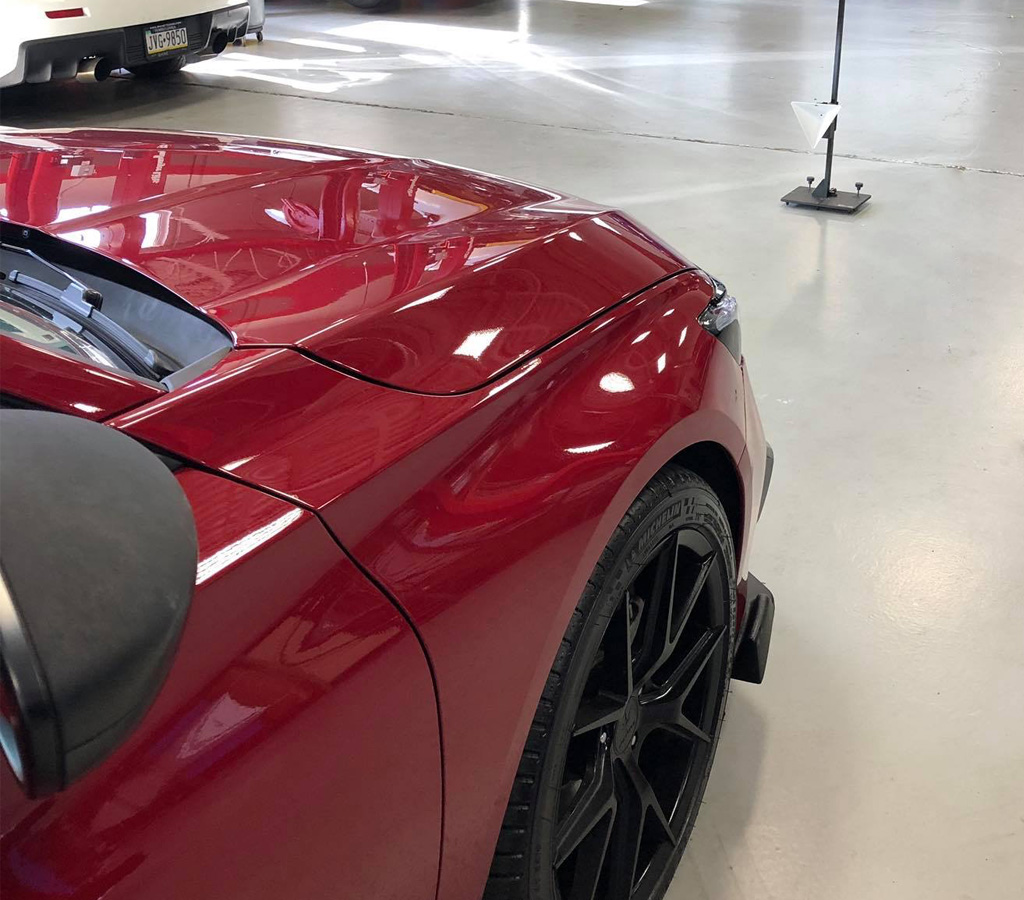
What is ADAS?
Why is it important?
ADAS come in various forms. It’s simpler versions, such as automatic headlights and wipers, have been around for ages. But, we’d like to introduce you to newer versions of ADAS that need calibration after related services. Lane departure warning system: With a lane departure system, a warning sound will be set off each time your car moves off the lane without a turn signals on. Some vehicles also come with a feature called Lane Keep Assist (LKA). This system can steer the vehicle back into the center of the lane, in an event where you might not be quick enough to respond yourself.


Types of ADAS
Systems in your car.
- Automatic emergency braking (AEB) system: An AEB detects when an imminent crash is about to occur. It will then alert you to take corrective actions. If no actions are taken, an emergency brake will automatically be applied to prevent the crash from occurring. A lighter version of the AEB is the forward-collision warning system. This system only monitors the distance between your vehicle and the one in front, warning you of an impending crash without any braking
- Adaptive cruise control: They keep your car at a consistent speed even with your foot off the accelerator pedal, allowing you to rest your feet when driving long distances. Recently, newer versions called adaptive cruise control or dynamic cruise control have been introduced into the automotive industry. This newer autopilot system will adjust the speed of your car to maintain a safe distance from the vehicle ahead, allowing cruise control to be turned on even when there are other cars around.
- Pedestrian automatic emergency braking (PAEB) system: Much like the AEB mentioned above, the PAEB is also an automatic emergency braking system. However, unlike a normal AEB system, the PAEB has been designed to identify pedestrians on the road and brake when an imminent crash is happening, if the driver has not performed the appropriate corrective action.
R/T Tuning ADAS
Calibration Service
ADAS calibration involves aligning these sensing devices in your car so that they function properly. A dynamic calibration process will require the technician to take your car out for a drive, while a static calibration process uses specialist tools to calibrate the ADAS while your car is stationary. According to every manufacturer, it is mandatory to recalibrate your ADAS during the following scenarios:
- Windshield replacement
- Collision
- Replacement change in tires or ride height
- ADAS lights are on or flashing
- Removal and installation of body parts that mount ADAS Sensors

If you have any questions give us a call to discuss if your vehicle will need these calibrations performed.